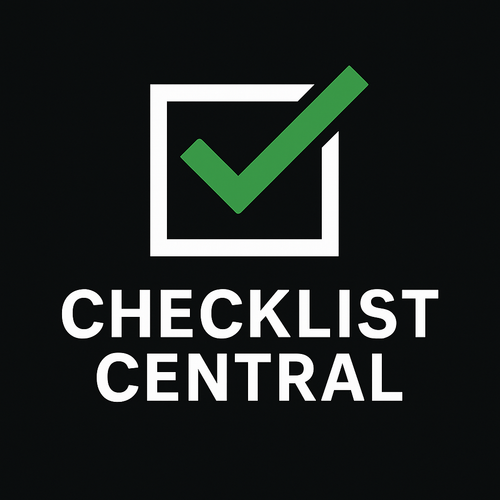Sorting Guide
Sorting cards by number: the 10-pile method
The 10-pile method is a time-tested way to put cards in numerical order without constantly scanning stacks one by one. Collectors have used it for decades, and it’s based on the same principles as a computer science “radix sort” algorithm.
Step-by-Step
- Start with 10 piles labeled 0 through 9.
-
Sort by the last digit of each card number. Place each card in the matching pile.
Example: Card #89 → 9 pile; Card #100 → 0 pile; Card #2 → 2 pile. - Stack the piles in order with “0” on top and “9” on the bottom.
-
Repeat the process, this time sorting by the next digit to the left.
Example: Card #89 → 8 pile; Card #100 → 0 pile; Card #2 → 0 pile (no second digit). - Stack again with “0” on top and “9” on the bottom.
- Final pass: Sort by the third digit (or further left if needed) and stack one last time from “0” on top to “9” on the bottom.
When you lay down your final stack, the cards are now in true numerical order. In the example above, Card #100 would be the first card placed on the table, with the rest of the cards following in perfect sequence. And voilà — your set is complete and ordered.
A quick example: With a 100-card set, the final sort ends with Card #100 at the bottom of the pile, as the set falls into perfect order. For larger sets — say 350 cards — the final sort uses the hundreds digit as well. Cards numbered in the 300s go into the “3” pile, 200s into the “2” pile, 100s into the “1” pile, and so on. After stacking and laying them out, the cards will be in clean numerical order from start to finish.
Tips
- Work on a clear table or desk so piles don’t mix.
- Group base sets and inserts separately before you start.
- For multi-set lots, sort by year/brand first, then use the 10-pile method.
A Note on Origins
Long before spreadsheets and scanning apps, collectors needed an efficient way to order thousands of cards by hand. The 10-pile method became a hobby staple because it mirrors a mathematical technique known as radix sorting — a way of ordering numbers by processing one digit at a time. Old-school set builders passed it along at card shows and through collector clubs, and it remains the go-to system for organizing bulk collections quickly.
📝 CC Note: A downloadable graphic and printable pile labels will be added soon.
✅ CC Level: Rookie
